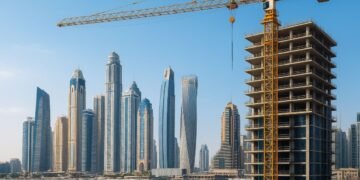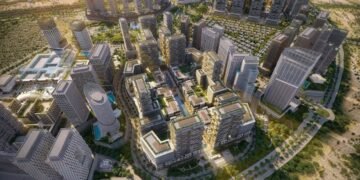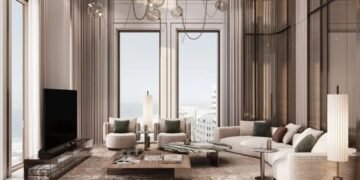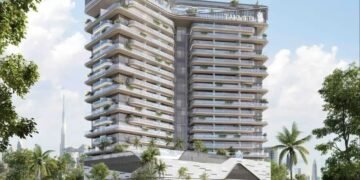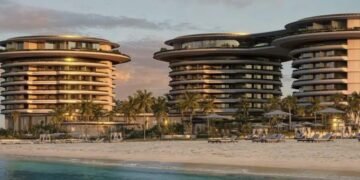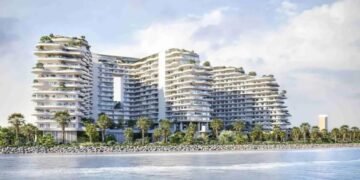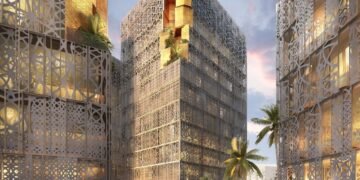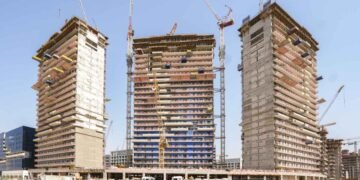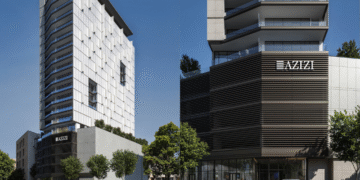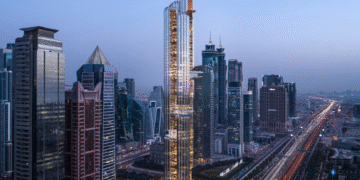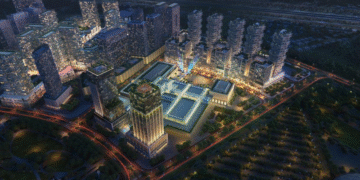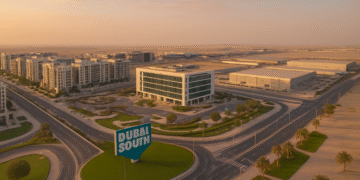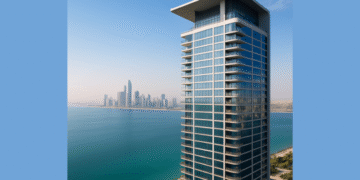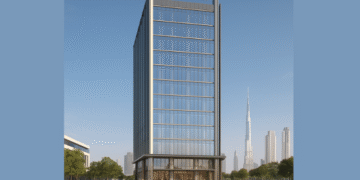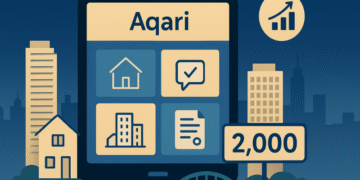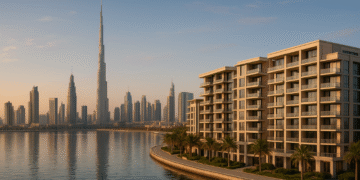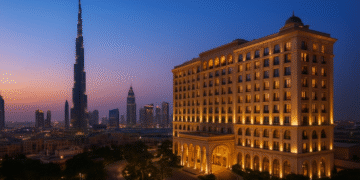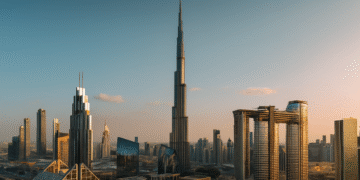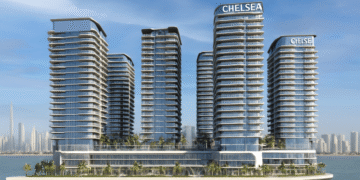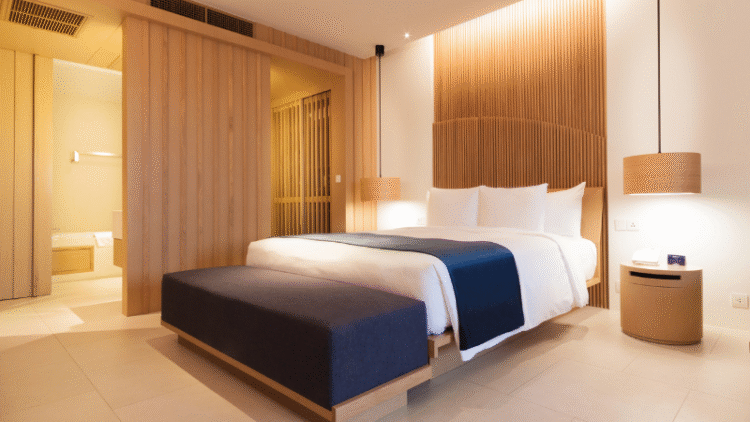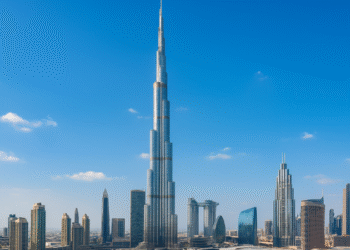As Indian families increasingly explore homeownership opportunities in Dubai, one key question often arises: how much space is truly enough? With Dubai offering a broad mix of apartment sizes—from compact studios to sprawling five-bedroom penthouses—understanding your family’s current and future needs is essential to make an informed and future-proof real estate decision.
This guide combines real estate market research, cultural nuances, and lifestyle expectations specific to Indian families, helping you determine the right apartment size without compromising comfort, functionality, or future value.
Understanding Indian Family Dynamics Abroad
Indian families tend to be closely knit, and multigenerational living is still prevalent, even when living abroad. A 2022 report by Knight Frank revealed that among Indian expats living in the GCC, more than 65% prioritize larger units (2-bedroom and above), often due to joint family structures, frequent visitors from India, or expectations of expanding family needs.
Also read: Casagrand Enters UAE Market with Residential Project on Dubai Islands
Cultural values, such as the importance of a guest room, space for domestic help, or a pooja (prayer) corner, often influence housing choices beyond standard Western metrics like square footage or number of bedrooms.
Key Factors That Should Drive Your Decision
1. Family Size and Composition
- Young Couples / Small Families (2-3 Members):
A 1BHK or 2BHK apartment ranging between 800–1,200 sq ft is generally sufficient. These are ideal for DINKs (Double Income, No Kids) or couples with one child. Some Indian couples may still opt for a 2BHK to accommodate visiting parents or guests from India. - Nuclear Families with Two Kids (3-4 Members):
A 2BHK or 3BHK apartment (1,200–1,600 sq ft) provides sufficient separation of space for children, a guest room, and maybe even a work-from-home corner, now a priority in the post-pandemic world. - Extended / Multigenerational Families (5+ Members):
3BHK and 4BHK homes (1,600–2,400+ sq ft) are often preferred. In Dubai, communities like MBR City, JVC, and Dubai Hills Estate offer spacious layouts that support larger family units and provide better long-term investment value.
2. Budget and Future Affordability
According to a 2025 market analysis by Property Finder, the average price for a 2BHK apartment in suburban Dubai (e.g., JVC, Al Furjan) ranges between AED 1.2 to 1.8 million. A 3BHK apartment may cost AED 2–2.8 million in similar neighborhoods.
Also read: UAE Residential Real Estate Market Forecasts Steady Growth Through 2029
Indian buyers often opt for larger homes, even if that stretches their initial budget, due to the perception of “growing into” the space and avoiding the costs associated with future relocation.
3. Work-from-Home and Hybrid Needs
Indian professionals, particularly in IT, finance, and consulting, frequently work hybrid jobs. Having a dedicated home office or a quiet nook becomes a functional priority. Even in a 2BHK setup, an extra room for working or studying is increasingly sought after.
Practical Room-by-Room Breakdown
Here’s a sample allocation for a typical Indian family of four (parents and two children) in a 3BHK unit of 1,500–1,800 sq ft:
- Master Bedroom with Attached Bath – 250 sq ft
- Children’s Bedroom – 150 sq ft
- Guest/Parent Room – 180 sq ft
- Living & Dining Area – 350 sq ft
- Kitchen – 120 sq ft (Indian cooking requires a larger, well-ventilated space)
- Prayer/Pooja Room – 30 sq ft
- Work-from-Home Area – 50–70 sq ft
- Balcony – 50–100 sq ft
- Storage/Utility Room – 60 sq ft
Top Apartment Layout Features Indian Families Prefer
- Closed Kitchens: Preferred over open kitchens due to Indian cooking’s rich aromas and spices.
- Extra Storage: Built-in wardrobes, utility rooms, and pantry spaces.
- Balcony with a View: Used for leisure, drying clothes, or even growing herbs.
- Community Amenities: Proximity to schools, temples, grocery stores (like Lulu or Indian supermarkets), and parks are top priorities.
Rental and Resale Perspective
If you plan to buy with future rental or resale in mind, 2BHK and 3BHK apartments in well-connected areas like Downtown, Dubai Hills, or Business Bay offer the best balance of liquidity and rental yield. According to Bayut’s 2025 Dubai Rental Report:
- Average rental yield for a 2BHK is 6.5%
- For a 3BHK, it can go up to 7.2% in prime localities
- Studio and 1BHK units have higher churn rates but lower overall capital appreciation
Larger units in family-centric neighborhoods also have lower vacancy rates, especially when they are near Indian curriculum schools or community centers.
Final Thoughts: Balance Size, Needs, and Location
Choosing the right apartment size isn’t just about square footage—it’s about functionality, family dynamics, future plans, and cultural expectations. Indian families looking to settle or invest in Dubai should consider at least a 2BHK, even if their current needs seem smaller, given how family growth and visitor inflow can change usage quickly.
Also read: Arada Sells AED 125 Million Penthouse at Akala, Dubai’s Largest Wellness Residence
Start with clarity: list out your non-negotiables, anticipate future needs, and explore communities that offer lifestyle synergy with Indian living styles.
Discover more from Invest Dubai Today - Dubai Realty Insights
Subscribe to get the latest posts sent to your email.

